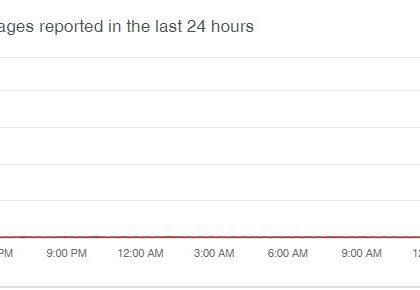Analysis on ATM infector [securelist]
by CIRT Team
even years ago, in 2009, we saw a completely new type of attack on banks. Instead of infecting the computers of thousands of users worldwide, criminals went directly after the ATM itself – infecting it with malware called Skimer. Seven years later, our Global Research and Analysis Team together with Penetration Testing Team have been called on for an incident response. They discovered a new, improved, version of Skimer.
Virus style infections
Criminals often obscured their malware with packers to make analysis more difficult for researchers. The criminals behind Skimer also did this, using the commercially available packer Themida, which packs both the infector and the dropper.
Once the malware is executed it checks if the file system is FAT32. If it is, it drops the file netmgr.dll in the folder C:\Windows\System32. If it is an NTFS file system, the same file will be placed in the NTFS data stream corresponding to the XFS service´s executable file. Placing the file in an NTFS data stream is most likely done to make forensic analysis more difficult.
After successful installation, the sample patches the XFS executable (SpiService.exe) entry point, in order to add a LoadLibrary call to the dropped netmgr.dll file. This file is also protected by Themida.
For more, click here.
Recommended Posts

Training on cybersecurity awareness for Department of Women Affairs
25 Nov 2023 - Articles, English articles, News, News Clipping, Service










